This book has been written keeping in mind the needs of such undergraduate and postgraduate students who feel the lack of a book in the subject of television journalism. We find different aspects of broadcast journalism in our library, focusing on writing and reporting, scripting and production. These are either in too much detail or written very in brief.
The book is designed according to the curriculum and syllabus of students in various private media institutes and even colleges of journalism or mass communication. This book may also be interesting for goes on behind television news as we see it on the screen in our homes. The book explains what is journalism, television, scripting, writing for broadcast, editing for TV news and news production. Exercises and references and bibliography have been added with each chapter as we go on instead of having one only at the end.
The book has been roughly divided into four parts-Part I deals with the basics about what is journalism and what constitutes news as understood by professionals. The second chapter is also in Part I. It explains a brief history of television journalism in the world and its advent into India. Third chapter is on how television works, how images are created from being a simple photograph to an image on the TV screen.
First three chapters, all included in Part I of the book revolve around general aspects of television. Fourth chapter on news gathering, reporting constitutes Part II of the book. Fifth chapter deals with copy writing for TV and writing for broadcast. This part, Part III, of the book explains in detail how to write and script for each and every part of news and journalism. What are correct scripting and the right format of writing for a reporter or a person working for television? It primarily includes writing for news bulletins and not for special shows like talk shows or chats or discussions. Sixth chapters deals with TV interviews, reporting and scripting and writing out interviews. It is not always the same as interviewing for a newspaper as television makes the interview more visible tot he audience. Part IV of the book is about editing and news production. Both chapters come under one part as packaging of news involves a good teamwork between the editorial and production departments. In chapter Seven, news editing talks about the different editorial departments and their structure, roles and functions. It clearly expresses the function of each individual section within the editorial so it’s amply clear to students who look forward to working with a television channel and would like to get an idea about its working beforehand.

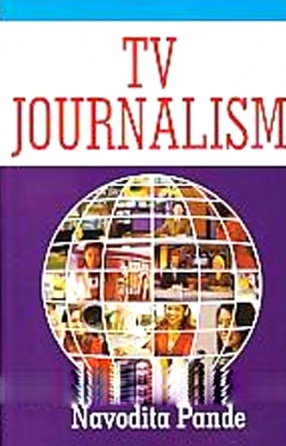
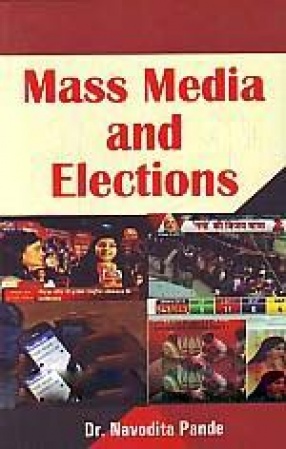
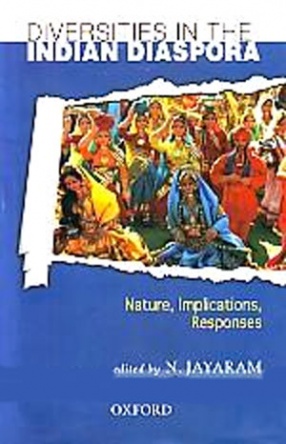
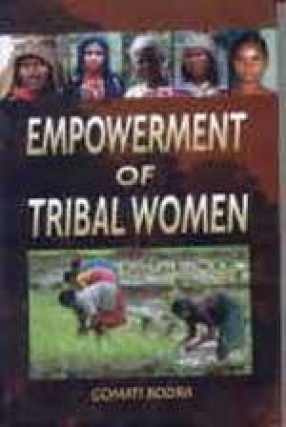
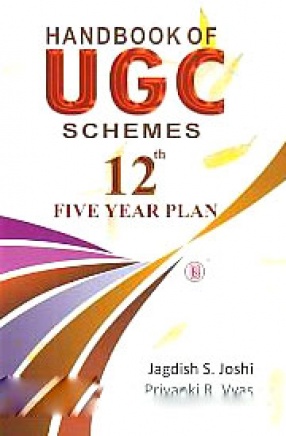
There are no reviews yet.